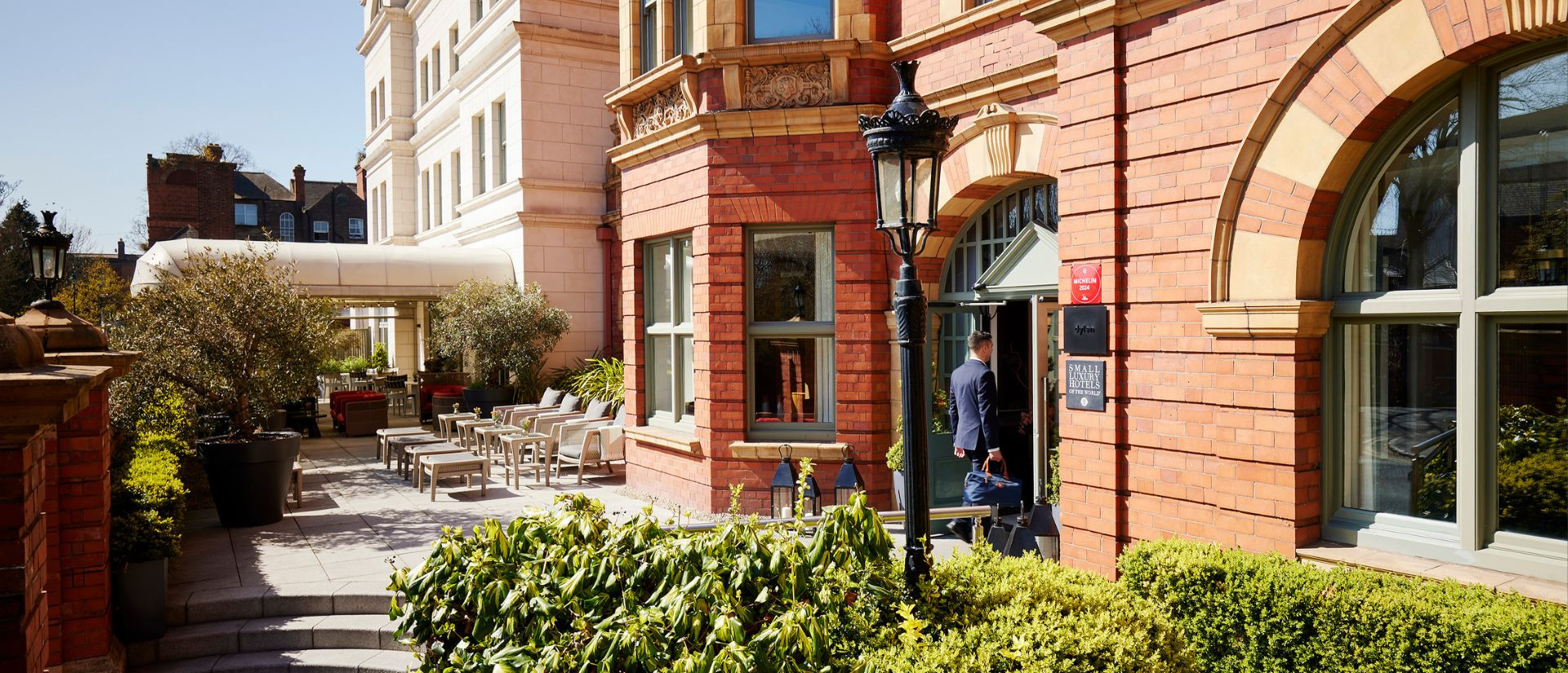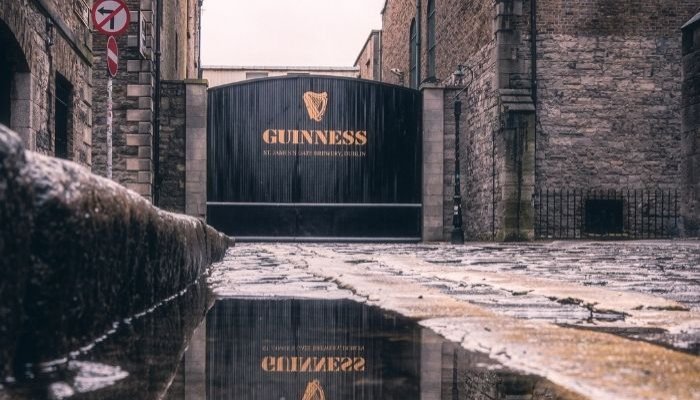When in Dublin, you might want to know more about Guinness and its connection to Irish heritage and history. What you may not know is that the history of Guinness also has some relevance to our leafy neighbourhood.
Only a short distance from Dylan Hotel lies a variety of streets and parks that are of great historical relevance. For example, Baggot Street and its surroundings, including Merrion Square, Fitzwilliam Street, and St. Stephen’s Green, feature many buildings and public spaces that were influenced or funded by the Guinness family.
Iveagh House
Iveagh House on St. Stephen’s Green (just off Baggot Street) was once the Guinness family residence and is now home to Ireland’s Department of Foreign Affairs. Before the building was handed over to the state, it was requested that the gardens remain unbuilt on in effort to provide an oasis from the noise of the city life, this promise has been fulfilled to this day. The Iveagh House and gardens lie just a 26-minute walk from Dylan Hotel.
Edward Cecil Guinness, the first Earl of Iveagh, established The Iveagh Trust. This initiative funded housing, public amenities and sanitation across Dublin, including areas near Baggot Street. Today, over ten percent of social housing in Dublin is provided by The Iveagh Trust.
The National Concert Hall
During the 1800’s there was a surge in the popularity of exhibitions with the likes of prominent cities such as Chicago, Paris and London hosting major international events.
As a result of this popularity, in 1862, the Dublin Exhibition Palace and Winter Garden company were developed and co-funded by Benjamin Guinness. The idea behind this was to provide the people of Dublin with rational amusement consisting of a concert hall, a garden compromising of exotic horticulture in addition to a gallery of artistic displays.
The buildings were officially opened three years following their construction by H.R.H. Albert Edward. Prince of Wales. When their father died two years later, Arthur Guinness and his brother Edward re-acquired the buildings and grounds from the Dublin Exhibition Palace company. In 1883 the buildings were sold to the Commissioners of Public works and constructed into the central building of University College Dublin (UCD) in 1908, with the gardens remaining under the ownership of the Guinness family.
Today, this building stands as the National Concert Hall.
St. Stephen’s Green
St. Stephen’s Green, a short walk from Baggot Street, was landscaped and donated to the public by Sir Arthur Edward Guinness, further cementing the family’s legacy in the area. It was originally a private park, by the 1880’s it had fallen into disrepair and Arthur funded its renovation following a similar layout to Central Park in New York City. Today, this Green is one of the capital’s crown jewels, a haven of serenity amidst the bustling noise of the city centre.
So, while Guinness beer itself wasn’t brewed on Baggot Street, the Guinness family’s legacy is deeply woven into the fabric of the neighbourhood, making it a meaningful stop for guests who seek to explore Dublin’s cultural and architectural heritage. Why not take a stroll just beyond the borders of our neighbourhood and discover more about the rich history of Dublin's past and what the Guinness family have done for our neighbourhood.
When you return why not enjoy a cool and refreshing pint of Guinness at The Dylan Bar.
The Dylan Hotel Team

